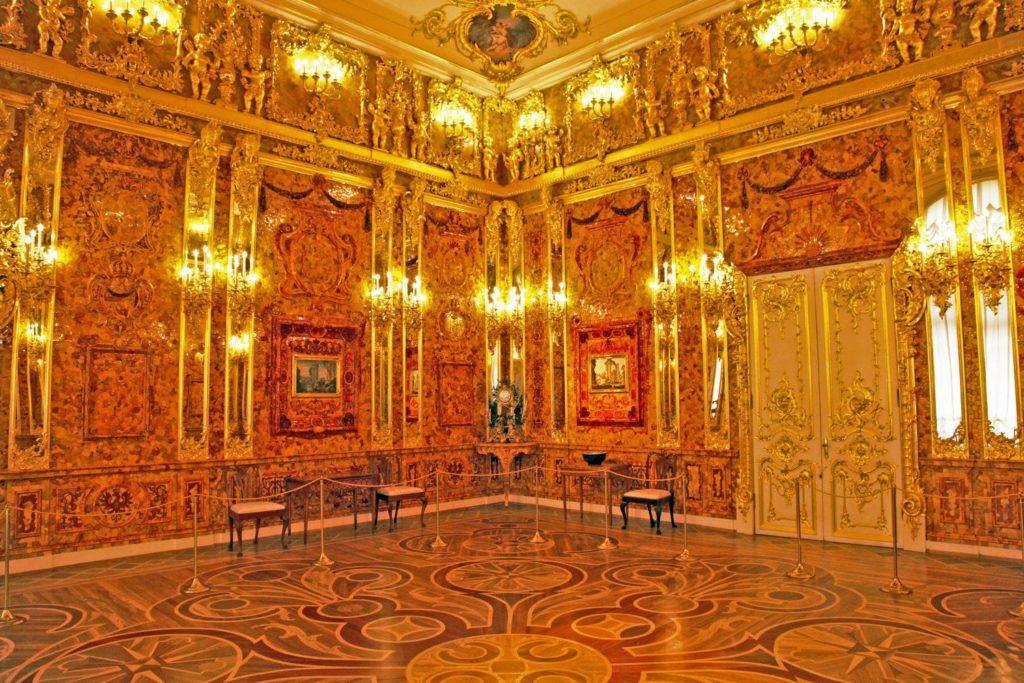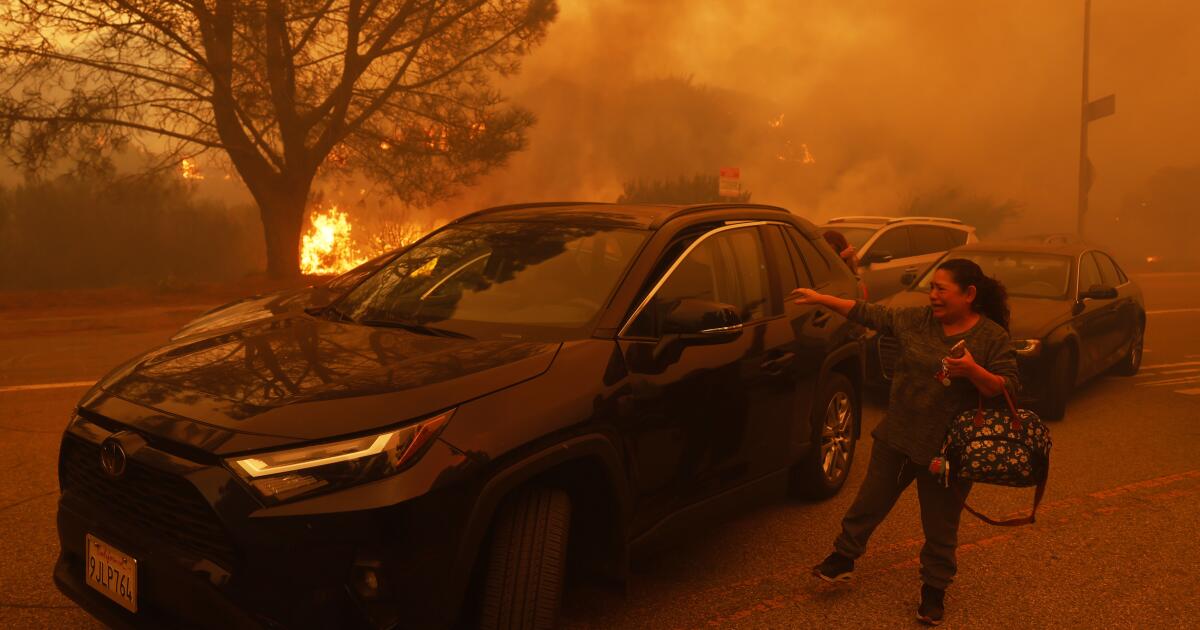This week marked 25 years of Vladimir Putin’s rule, a milestone the Russian dictator celebrated in a televised address.
Boasting of past achievements, he assured Russians, “We can be rightfully proud of what has already been done,” and confidently added, “We are sure that everything will be all right.”
Reality reveals a darker forecast: Putin is now weaker than at any point in his tenure.
Over the next year, the incoming Trump administration should capitalize on this vulnerability to its fullest extent.
Putin’s rule is ultimately based on a devil’s bargain with the Russian people.
In exchange for their freedom, he vowed to end the upheaval and lawlessness that plagued Russia following the Soviet Union’s collapse.
After Russians accepted his terms and voted him into office in 2000, Putin steadily altered the deal with them.
Today’s Russia is a far cry from the stable and prosperous nation that he once promised to create. Instead, it is an isolated country embroiled in war and plagued by systemic decay.
Demographers warn that Russia’s invasion of Ukraine has accelerated its long-term population decline.
Economists highlight how the country’s dependence on oil — a classic “resource curse” — and its wartime economy have locked it into a trajectory of prolonged stagnation.
These structural trends show no signs of change over the coming year.
Meanwhile, the Russian National Wealth Fund teeters on the brink of insolvency.
Putin has squandered his country’s resources on an imperial façade of high-tech power and affluence, funding hypersonic missiles, nuclear-capable submarines and a $2 billion St. Petersburg skyscraper for Gazprom, the Kremlin’s natural gas monopoly.
Yet the average monthly wage in Russia remains a mere $787, with citizens spending an alarming 30% of their income on food.(By comparison, Americans spend around 11%.)
Russia’s international alliances fare no better.
Rather than building a coalition of strong allies, Russia has gathered a motley crew of weak dependents like Belarus, African kleptocracies and rogue “frenemies” such as Iran. These partnerships are precarious at best.
The recent collapse of Syrian dictator Bashar al-Assad dealt a significant blow to the power projection capabilities of both Russia and Iran.
Get opinions and commentary from our columnists
Subscribe to our daily Post Opinion newsletter!
Thanks for signing up!
Assad now joins a growing list of deposed leaders from Ukraine, Kyrgyzstan, Georgia and Armenia — all of whom have sought refuge in Russia after Moscow’s backing failed to sustain their rule.
This leaves China.
Instead of fostering a relationship of equals with Chinese President Xi Jinping, Putin has been forced to rely on Chinese cash flow and industrial support to sustain his military and imperial ambitions.
Initially, Moscow celebrated Beijing’s 2022 pledge of a “no limits” partnership. However, as Putin’s war in Ukraine became a stalemate, China began to distance itself from this commitment.
In 2023, China’s former ambassador to the European Union dismissed the “no limits” promise as “nothing but rhetoric.” More humiliating for Putin, Beijing omitted the phrase from a statement on Sino-Russian relations during his latest visit to China.
These conditions create an unprecedented opportunity for the incoming Trump administration.
Over the next year, the Trump White House must deny Putin the ability to spread instability across Europe, the Middle East and Africa.
The fastest way to do so: Tighten the screws of Western sanctions first, and ease off later.
Washington’s immediate target should be Putin’s energy revenue — the lifeblood of his imperial pretensions.
To achieve this, the US and its G7 allies must sharply reduce their “oil price cap” on Russian crude exports.
Although initially proposed by the EU as a tool to slash Moscow’s earnings, the cap became a major loophole to Russian sanctions — and the Biden White House signed on to the scheme.
Letting Russia sell oil freely at prices under $65 per barrel now allows the Kremlin to rake in vast revenues without facing meaningful penalties.
That money funds Russia’s ability to spread chaos around the world.
The Trump White House should drastically tighten this exemption — perhaps lowering the sanctions bar to as low as $35 per barrel.
Since Putin cannot long survive without this cash flow, such a move would vastly increase Trump 2.0’s negotiating leverage over Moscow.
Eventually, the Kremlin will seek relief from Western sanctions to stabilize its crumbling economy, likely offering empty promises of good behavior.
Washington must remain cautious, ensuring that no concessions are granted without first seeing concrete action from Russia.
Ultimately, the United States cannot be expected to save Russia from Putin’s legacy of squandered national potential and self-inflicted decline.
We can, however, hold a firm line against Putin while assisting our allies in resisting him over the coming year.
Peter Doran is an adjunct senior fellow at the Foundation for Defense of Democracies.
















